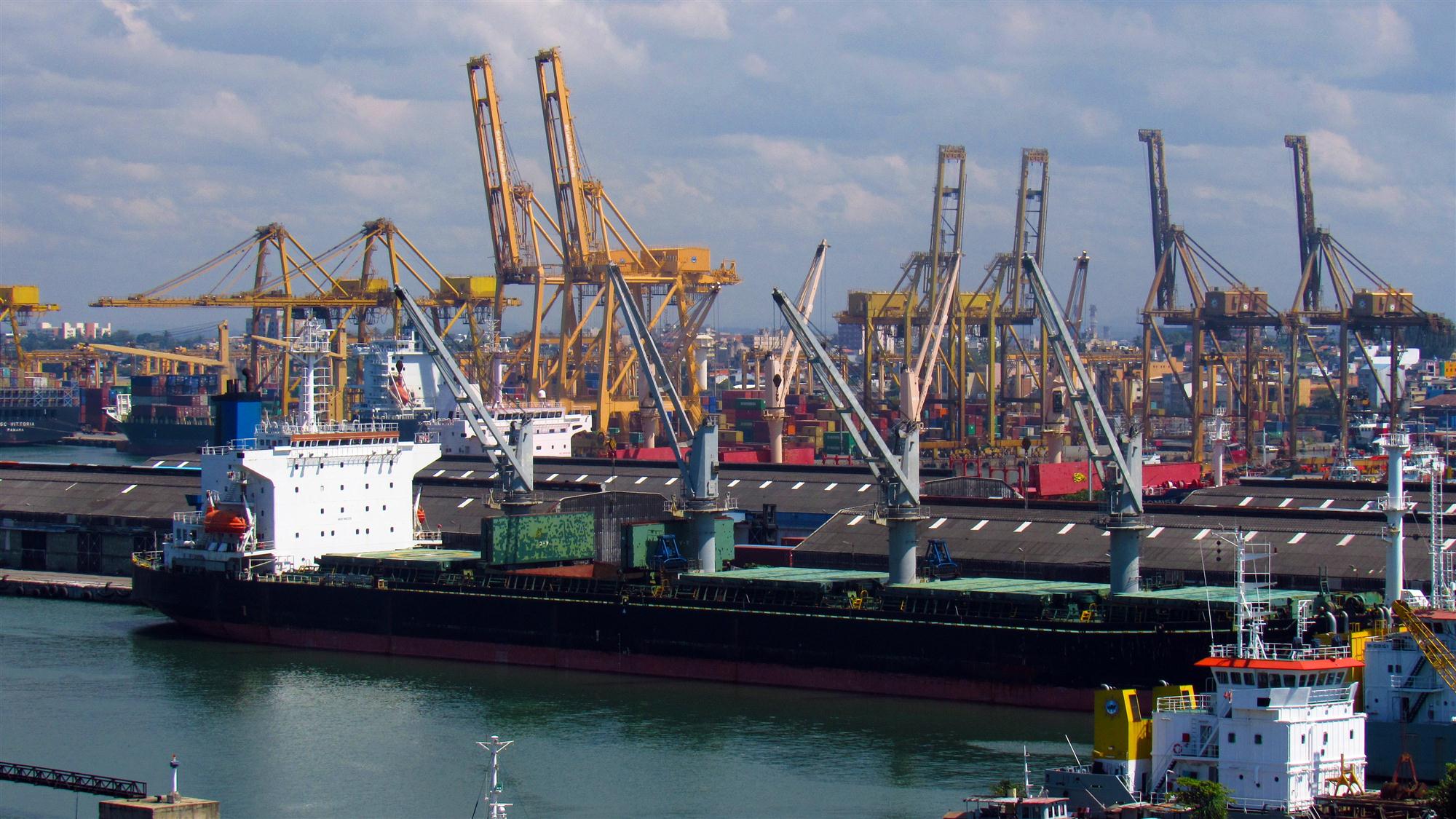Sri Lanka is planning to develop Colombo’s East Container Terminal in another sign the South Asian country is shedding its war-torn image and is starting to reposition itself as both a business location and a transport hub.
The Sri Lankan government, which will retain a majority stake, is organizing financing for the project via a public private partnership (PPP).
“Sri Lanka Ports Authority (SLPA) is on the lookout for an appropriate shipping company or a terminal operator to take over 49% of remaining shares of the East Container Terminal (ECT) of which the main shareholder is the SLPA,” the authority said via its website.
Requests for proposals are being called for, ports and shipping minister Arjuna Ranatunga said via the website.
Calls and e-mails to both the authority and the Ministry of Transport did not establish a timeline for the venture or if there were any preferred candidates.
Helping calm investor unease – some won’t like the idea of a majority government stake – will be the role of the Asian Development Bank (ADB), which is financial consultant to the project. The ADB is to help the SPLA create a workable PPP structure and organize a competitive tender process to select the best partner.
“The US$500 million project will include the operationalization of the existing 400 metres of deepwater berth and the full design, build, finance, operation, and maintenance of the remaining 800 metres of berth,” an ADB representative told Asia Cargo News.

What shouldn’t be forgotten is that Colombo Port, and indeed Sri Lanka generally, already has some significant infrastructure. The Port of Colombo has an existing container-handling facility, which the ECT will add to. Already, the ECT consists of a 440 metre quay with alongside water depth of 18 metres.
When finished, the ECT will give Colombo an annual capacity of 2.4 million TEUs and help Sri Lanka emerge as what it has been pitching to be for some time – a regional and global transhipment centre.
Business in Sri Lanka is clear as to what the ECT means.
“This expansion is for the future of the port, [because of the expected volume increases,] mainly on transhipment. Further, such expansion obviously will improve the efficiency. Also this will most certainly further assist Sri Lanka to seal its position as a hub for the Asian region,” Tania Polonnowita, president of the Sri Lanka Freight Forwarders Association (SLFFA), told Asia Cargo News.
Making this all is so much more beguiling is that the ECT is not the only port which could help Sri Lanka emerge as an important transport player. Trincomalee, on the island’s northeast coast is, depending on who you talk to, either the second- or fifth-largest natural harbour in the world, so capacity is there for the taking. Currently, it shifts coal, clinker and gypsum but there is talk of making it a petroleum hub.
“Sri Lanka is developing its economic strategy in line with its strategic location in the Asian Waters,” said deputy minister of foreign affairs Harsha de Silva in a statement carried by the Ministry of Foreign Affairs. “Sri Lanka’s vision forward is to develop a logistics hub between Singapore and Dubai in the Asian Waters. Colombo, one of the busiest ports in the world, can play an important role in this context. The newly-established Hambantota port will also join with the country’s economic and trade strategy and be a vital base of maritime transportation.”
Business sources, while shying away from such rhetoric, acknowledge that things have changed and look good.
“The outlook for growth in Sri Lanka’s maritime sector is optimistic. At a time when major global ports experienced declines in their cargo throughput, the Port of Colombo is bucking the trend and registered 5.9% growth in 2015,” said Fredrik Nyström, GAC’s group vice president, Asia Pacific.
While Sri Lanka will, for a small country, be able to pack a big punch, some things are still lacking, including the lack of connectivity on the island.
“What is most lacking in the country is rail connectivity” said the SLFFA’s Polonnowita. “It is time that Sri Lanka looked at rail connectivity strongly to overcome many delays.”
But this will not come cheap. Sri Lanka will need investments of some US$1.5 billion to upgrade the rest of its railway network to modern standards, S.L. Gupta, country head of IRCON International, a transportation engineering and construction company owned by the Indian government, recently told press.
“There is a need to further improve rail transportation in Sri Lanka,” Gupta said. “Rail transportation is a capital intensive business – you need a lot of money.”
By Michael Mackey
Southeast Asia Correspondent | Bangkok




